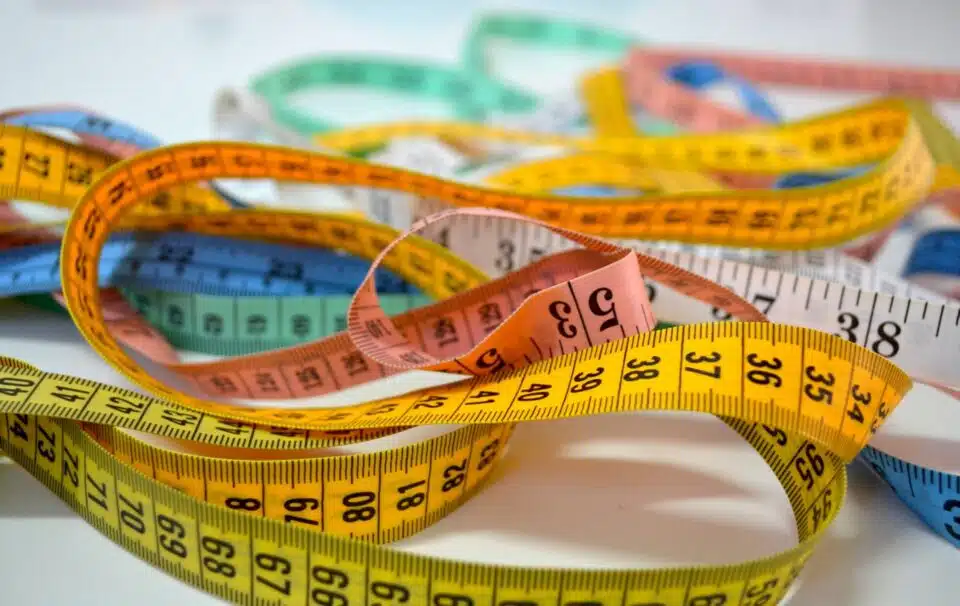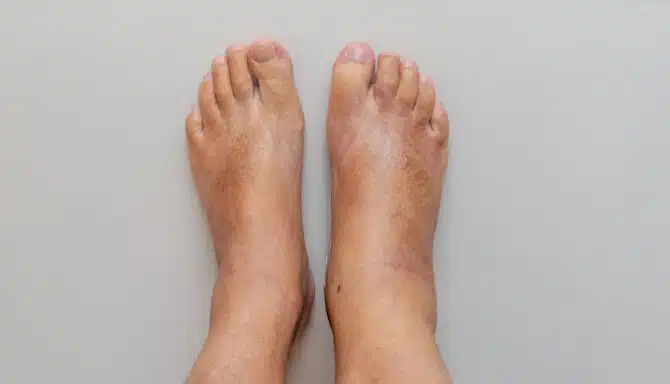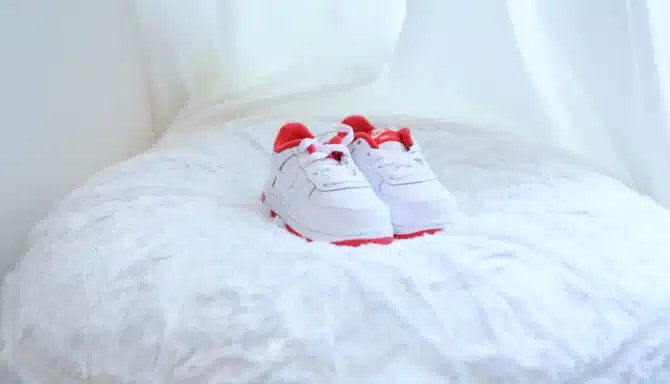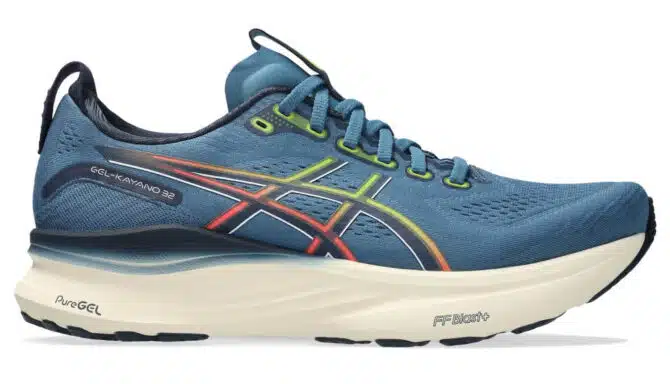If you’ve ever struggled to find comfortable shoes, you might have wondered about your foot type. Knowing your foot shape, particularly whether you have wide feet, can be a game-changer when choosing the proper footwear.
The good news is there are ways to determine your foot type at home with simple tests. It’s important to note that your foot type refers to the entire shape of your foot, including your arch size (i.e.: whether you have flat feet or high arches). However, today, we’re going to focus on foot width and tests to help you identify whether you have wide feet.
Understanding your foot width is the first step to ensuring a comfortable and supportive fit for your feet. While these tests are not the be-all-end-all for determining whether you have wide feet (after all, shoes sizes vary from brand-to-brand), they may provide useful information:
Three simple at-home tests to know whether you have wide feet
The wet foot test
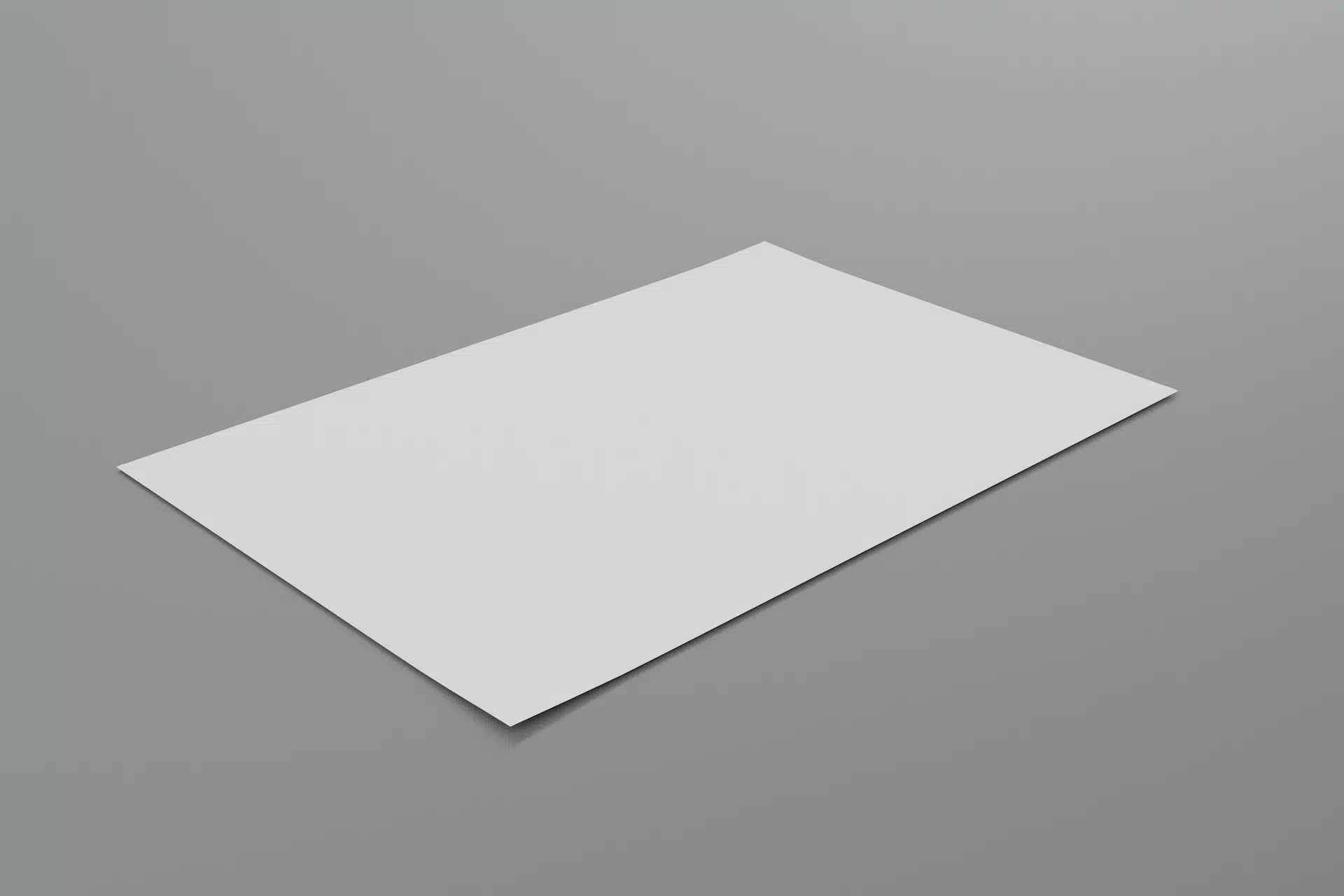
The wet foot test is a simple DIY test that involves just a pool of water and a piece of paper. To perform a wet foot test:
- Fill a shallow container, like a basin or a bucket, with water.
- Wet the soles of both of your feet.
- Step onto paper or cardboard, ensuring your weight is evenly distributed.
- Step off and examine the wet imprint your feet left behind.
Based on the shape of the imprint, you can use the following guide to determine whether you have narrow, average, or wide feet.
- Wide feet: If the imprint shows a wide forefoot with minimal curvature on the sides, you likely have wide feet. The width between the ball of your foot and your heel is noticeably broad.
- Average or standard feet: If your footprint shows a slight curve inward at the arch area, your feet are considered to have an average width.
Your foot imprint can also be measured to see the exact width of your foot. Use the wet foot test to measure the width of your foot at its two widest points. Bonus tip: Do both feet. If one is wider than the other—which is common—then account for the wider of your two feet.
The shoe size test

The shoe size test is even simpler than the wet paper test. All you need is a current pair of shoes. Check the width size on your shoe label. Width sizes are typically marked as narrow (N), average (M or D), wide (W), or extra-wide (XW or E).
As a rough guideline, a regular foot width is less than half your size. For example, if you wear a size seven shoe, a regular foot width would be ~3.5 inches. For those who are a size seven and have wide feet, expect more like 3.75-4.25 inches. For more details, see our complete guide on determining whether you have wide feet.
Note: Your shoe size and your foot size are not the same. Different companies use different sizing for their shoes, so don’t assume you’re the same size in all shoe brands.
Comfort/fit test
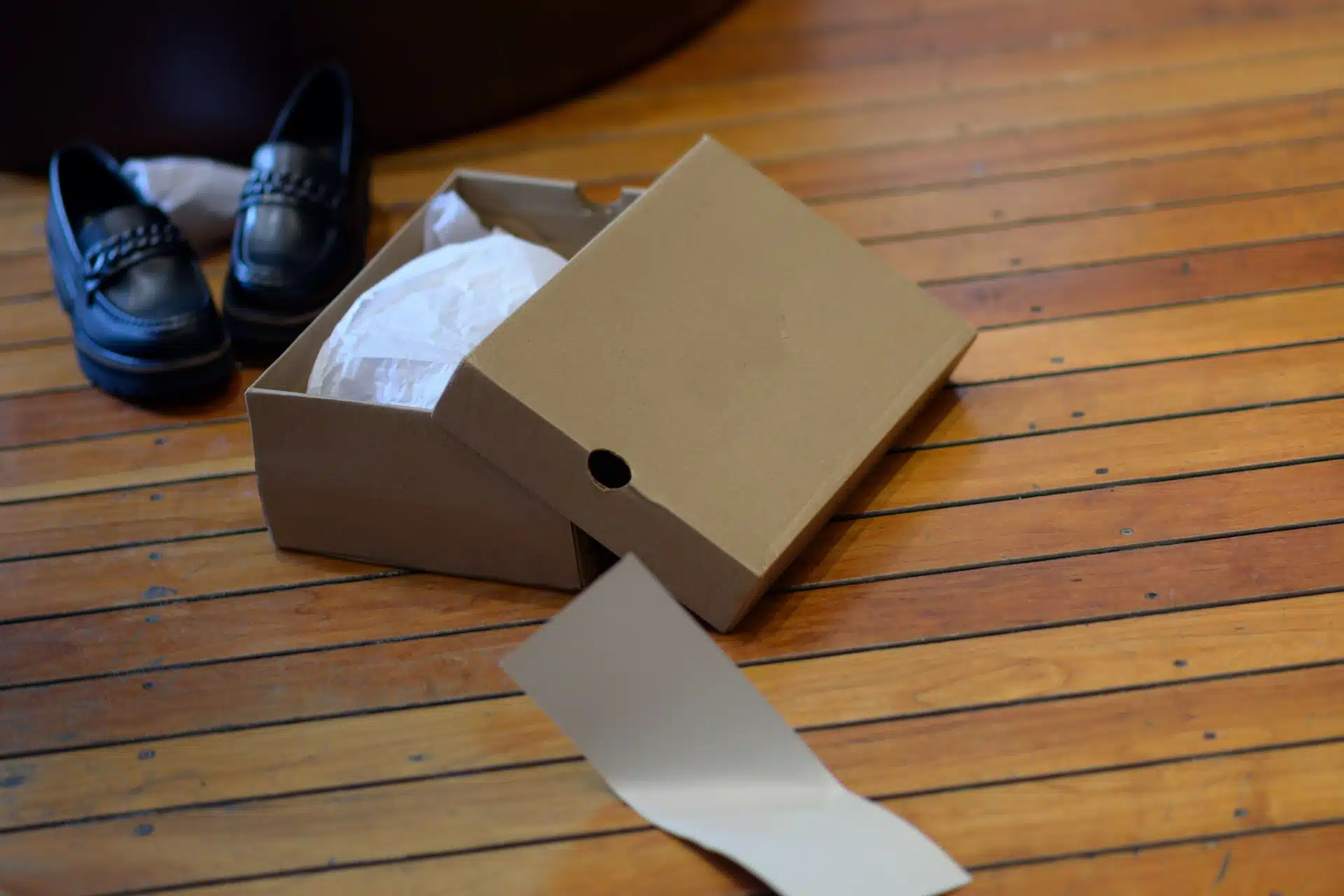
The third test is more of a trial and error, but it is definitely the most accurate. Try on a few different pairs of shoes to determine which shoes fit best. Reflect on your experience with shoe shopping. If you frequently find shoes too tight in the forefoot, causing discomfort and sometimes requiring you to size up, this suggests you have wide(r) feet.
What are the benefits of knowing your foot type?
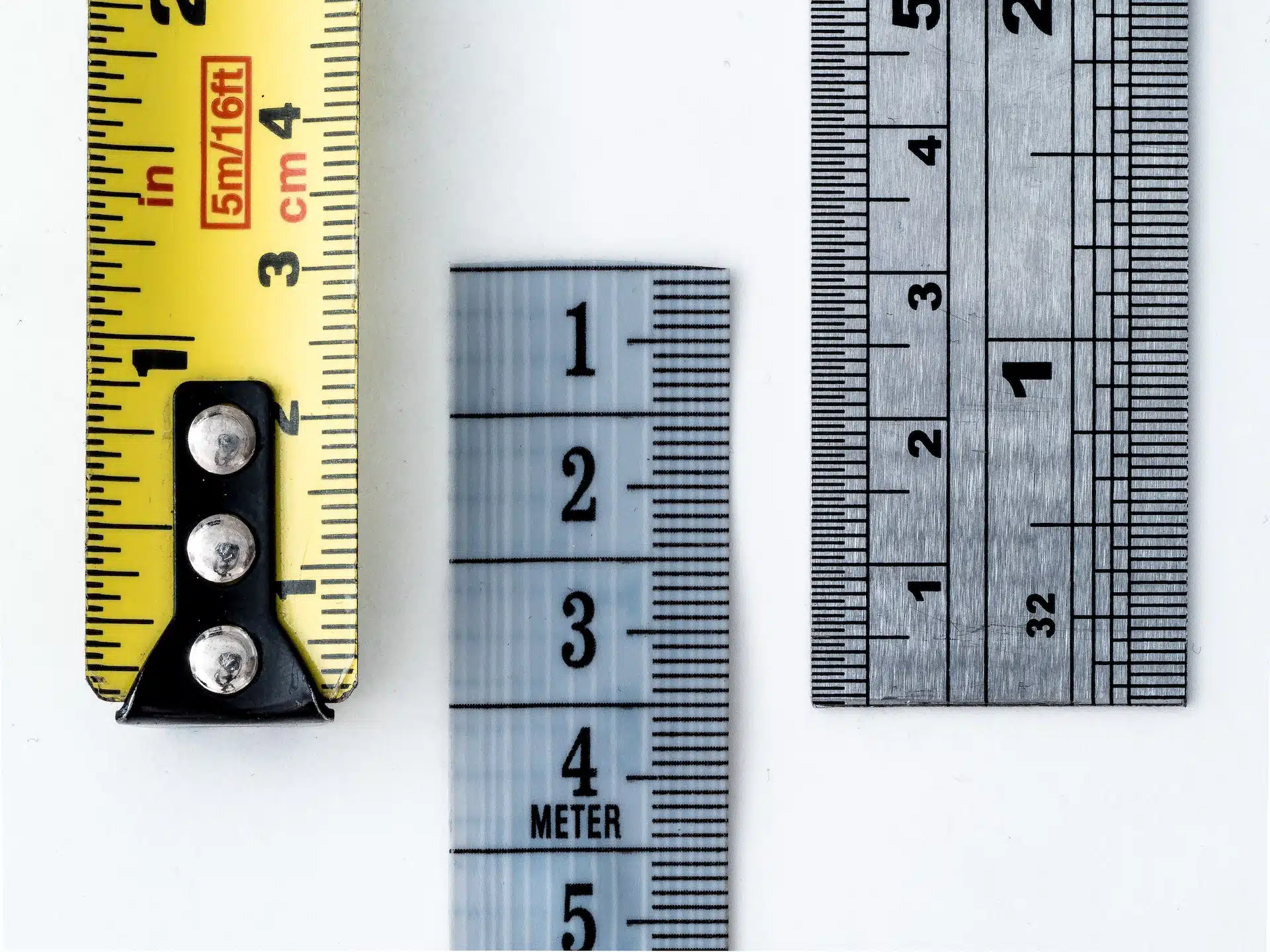
Now that you know the tests, it’s important to understand why knowing your foot type is helpful. The shape and width of your feet can vary significantly from person to person. Identifying your foot type provides the following benefits:
- Proper footwear. No one shoe fits all. Knowing your foot type allows you to hone in on choosing shoes with the best support and comfort.
- Prevent discomfort. Reduce the risk of common foot issues by wearing shoes that match your foot width. Proper footwear for your foot type can help prevent discomfort, blisters, and other problems.
- Enhance performance. Knowing your foot type can narrow your perfect sports footwear, improving your performance and reducing the risk of injuries.
- Reduce foot and toe pain. If you have pre-existing foot conditions or pain, such as bunions or plantar fasciitis, understanding your foot type – specifically whether you have flat feet, normal arches or high arches, can help you find shoes that alleviate discomfort. With wider feet, opt for a shoe with a wider toe box for added room. Brands such as APEX, ASICS, Saucony, Anodyne and Clarks are known to have wider footwear options.
